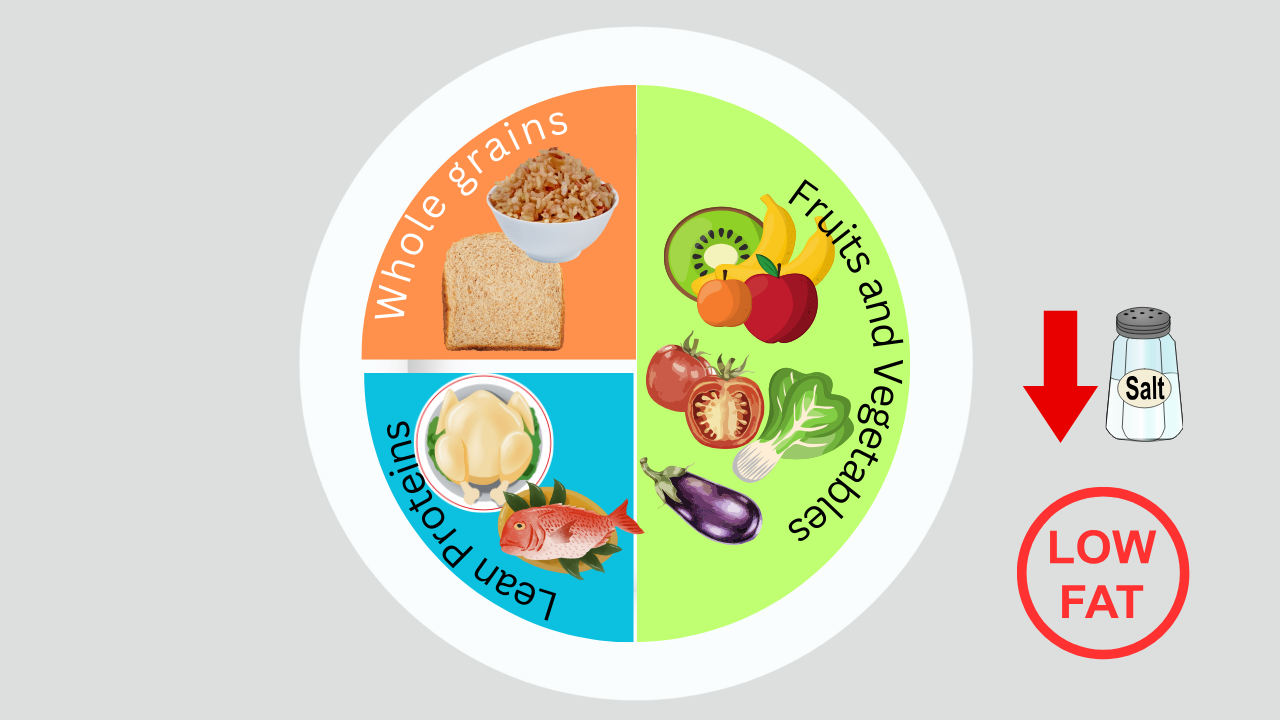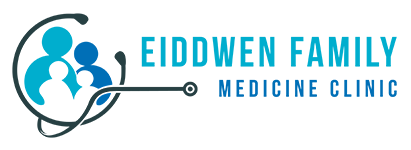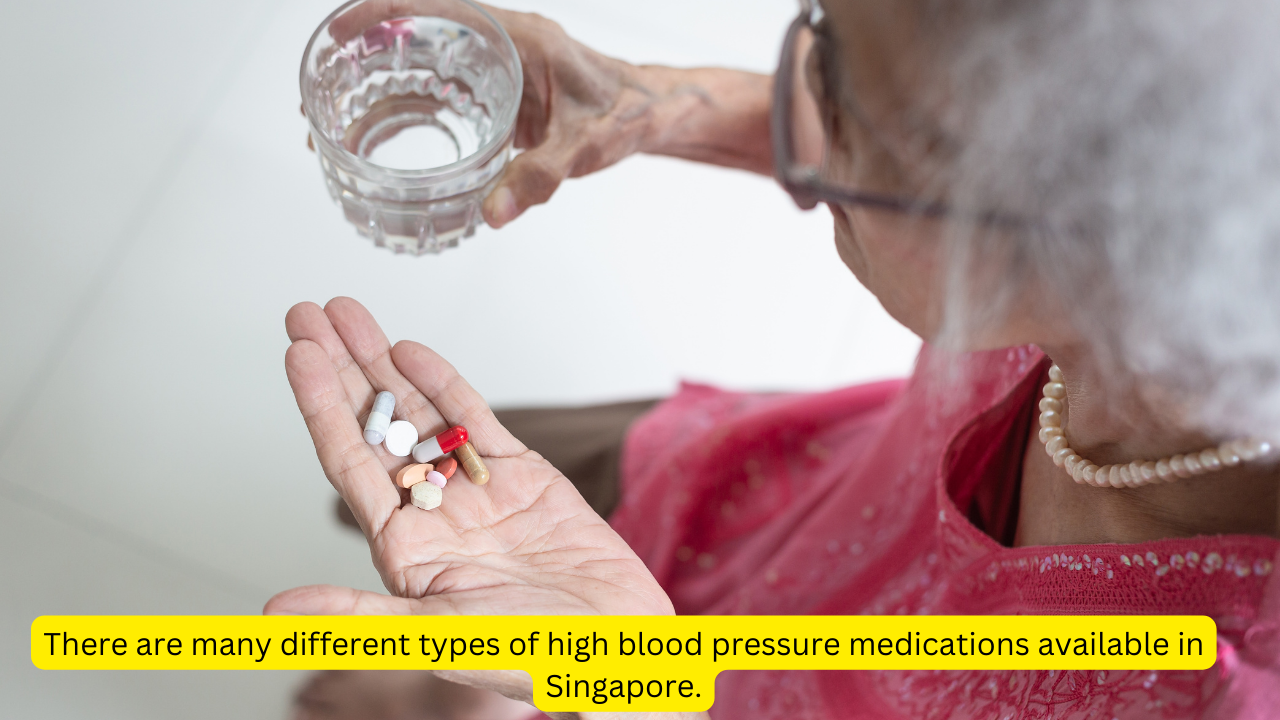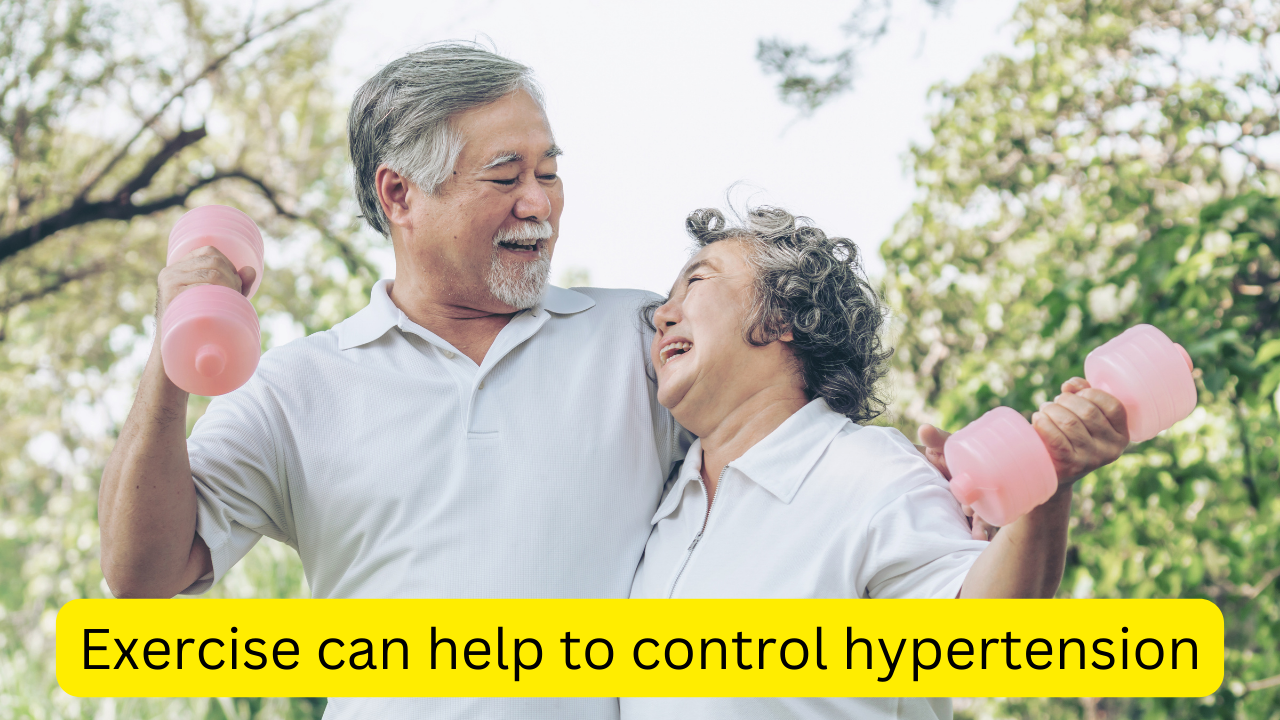High blood pressure diet | Diet for patients with Hypertension: DASH Diet
Hypertension, commonly known as high blood pressure, affects more than 1 billion of people worldwide and is a significant risk factor for heart disease, stroke, kidney failure and other cardiovascular complications. While medical interventions are important, adopting a healthy diet is fundamental in managing and preventing hypertension. This comprehensive guide delves deeper into the dietary aspects of hypertension management, providing you with valuable insights and actionable tips for better control of your blood pressure.

The DASH Diet: A Blueprint for Healthy Eating
The Dietary Approaches to Stop Hypertension (DASH) diet stands out as a well-researched and effective approach to lower blood pressure. In a meta-analysis of 41 trials, the DASH diet reduced systolic blood pressure by 5.5 mmHg, an effect that was larger than the effects of a Mediterranean diet, a fruit-and-vegetable diet, a high-fibre diet, and a vegan diet.
This makes dietary control an important blood pressure management.
The DASH diet is a diet consisting mainly of fruits, vegetables, legumes, and low amount of snacks, sweets, meats, low-fat diary and saturated and total fat. Depending on the amount of calories that one consume, the amount of serving of each food group varies. The average calories that a Singaporean male requires is 2200 calories per day while the average calories that a Singaporean woman requires is 1800 calories.
DASH Diet - Number of food servings by calorie level
| Food Group | 1800 Calories (Daily Calories average Singaporean women require per day) | 2200 Calories (Daily Calories average Singaporean Man require per day) |
| Grains (servings) | 6 | 7 |
| Vegetables (servings) | 4-5 | 5-6 |
| Fruits (servings) | 4-5 | 5-6 |
| Fat-free or low fat diary products (servings) | 2-3 | 2-3 |
| Lean meat, poultry and fish (servings) | 6 or less | 6 or less |
| Nuts, seeds and legumes (servings) | 4 per week | 4 per week |
| Fats and oils (servings) | 2-3 | 2-3 |
| Sweets and added sugar (servings) | 5 or less per week | 5 or less per week |
| Maximum sodium limit (servings) | 2300mg/day | 2300 mg/day |
To find out more about the serving size, you can refer here.
Components of DASH Healthy Diet
- Grains: Include whole grains like brown rice, quinoa, and whole wheat bread in your diet. Eating whole grains promotes heart health and satiety as they are rich in fibre.
- Fruits and vegetables: Aim for fruits and vegetables of all colours. They will increase potassium intake, magnesium, and fibre, all beneficial for blood pressure regulation. These are essential for a healthy diet
- Lean proteins: Eating foods rich in protein but low in saturated fats such as fish, poultry, beans and nuts will help to reduce the risk of heart diseases as well.
- Low-Fat Diary: Low-fat or fat-free diary products will provide essential calcium without the added saturated fats found in full-fat options.
If all this information overwhelms you, you can download a week of DASH eating plan to guide you through your week.

The Healthy Plate
The Healthy Plate is an easy diet plan from Health Promotion Board to encourage everyone to eat the correct proportions of foods. We can also adopt the Healthy Plate for hypertensive patients. Patients with high blood pressure are recommended to consume less salt than others. For patients with high blood pressure, eating less than 1200mg of sodium combined with a DASH diet has been shown to have a significant fall of systolic blood pressure.

Low Sodium Diet and Hypertension
A low sodium (salt) diet when combined with a DASH diet yields the most significant decrease in blood pressure. Keeping salt intake to less than 1200mg/day combined with DASH diet resulted in a mean fall of 11.5mmHg of systolic blood pressure1.
In Singapore, 75% of the salt that we consume comes from soups, sauces, gravy, seasoning used in food preparation, 20% comes from processed food such as hot dogs, meat balls, hams, fish balls and instant noodles. To determine the amount of salt you are eating every day, you can use the sodium calculator.

As an example, a bowl of fried fish beehoon soup contains 2707.9 mg of salt, which is more than the daily recommended salt intake. Similarly, a bowl of kambing soup contains 2174.5mg of salt which is also more than the daily recommended salt intake. A bowl of soup instant noodles contains 1596.5 mg of sodium which is easily more than half the daily recommended amount of sodium intake. These high sodium diets are not recommended for patients with high blood pressure.
Choose alternative seasonings with low sodium such as spices, herbs and lemon juice to add more flavour into food.
High Blood Pressure and Alcohol
The American Heart Association (AHA) recommends drinking in moderation to lower high blood pressure. Heavy alcohol usage is associated with high blood pressure. More than four drinks for men and more than three drinks for women is defined as heavy alcohol usage. Typically a drink is defined as 355 mls of beer or 148 mls of wine or 44 mls of spirits that have more than 40% of alcohol. Moderate drinking is defined as one drink per day for women and two drinks per day for men. When heavy alcohol users reduce consumption to a moderate amount, they can reduce their systolic blood pressure by 5.5 mmHg and diastolic blood pressure by 4 mmHg, leading to better control of their hypertension.
Alcohol is also high in dietary calories and can easily contribute to weight gain, obesity and eventually metabolic syndrome.
Maintaining Good Health with Less Sugars
There have been some American research studies that linked eating less sugar with lower blood pressure in older females2. Foods rich in sugars can contribute to weight gain, insulin resistance and eventually metabolic syndrome, resulting in hypertension, diabetes, hyperlipidaemia and further complications. Interestingly, a study has predicted that a decrease of 2.3 teaspoons of added sugar would result in a 8.4 mmHg drop in systolic BP and a 3.7 mmHg drop in diastolic BP. This suggests that a lower sugar diet can help patients with high blood pressure.
It is important for patients with high blood pressure to avoid saturated fat. Saturated fat, found in fatty meats and full-fat dairy, and trans fat, prevalent in processed and fried foods, can elevate bad cholesterol and increase the risk of heart diseases. Opt for foods with less saturated fat such as lean cuts of meat. These foods rich in saturated fats can cause high lipid levels and eventually ischaemic heart disease, clogging up blood vessels supplying oxygen to the heart. Choose healthy cooking methods like grilling and baking over frying. This is an important part of maintaining a healthy diet.

The Importance of Exercise
In addition to healthy eating, patients with hypertension should also participate regular physical exercise. and stress-reducing practices. Engage in aerobic exercises like walking, jogging, or swimming for at least 150 minutes per week. These activities promote cardiovascular health, aid in weight management, and contribute to lower blood pressure.

Empowering Your Health Journey
In conclusion, adopting a healthy diet is not just a temporary measure but a lifestyle choice that significantly impacts your overall well-being. By embracing the DASH diet, practicing portion control, choosing healthy fats, moderating alcohol and sugar intake, being mindful of caffeine, staying well-hydrated, and complementing these dietary changes with regular exercise, you empower yourself in the fight against hypertension.
Remember, every positive change you make in your lifestyle contributes to a healthier heart. Consult with healthcare professionals, dieticians to tailor a dietary and lifestyle plan that suits your individual needs. Even if you are currently on high blood pressure medications, it is still important to maintain a healthy diet to control your high blood pressure! Here’s to your heart health journey!
References
- F M Sacks Et al. 2001 Effects on blood pressure of reduced dietary sodium and the Dietary Approaches to Stop Hypertension (DASH) diet. DASH-Sodium Collaborative Research Group, PubMed Accessed 29th October 2023 <https://pubmed.ncbi.nlm.nih.gov/11136953/>
- S. Mansoori Et al. 2019 Added Sugar Intake is Associated with Blood Pressure in Older Females, PubMed Accessed 29th October 2023 <https://www.ncbi.nlm.nih.gov/pmc/articles/PMC6770020/ >
Disclaimer: No content on this site should ever be used as a substitute for direct medical advice from your doctor or other qualified clinician.
FREQUENTLY ASKED QUESTIONS
What food to avoid in hypertension?
Patients with hypertension should avoid foods with high salt content and saturated fats.
What to eat to reduce hypertension?
To reduce hypertension, it is highly recommended to adhere to a low-sodium DASH diet plan. A DASH diet consists of large amounts of fruits and vegetables, moderate amount of whole grains and lean proteins, minimal amount of saturated fats and salt.
Can hypertension be cured by diet?
Hypertension cannot be cured by diet but it can be controlled with diet.
Can hypertension be controlled by diet only without medications?
While hypertension can be controlled only by hypertension, it is important that diet can only bring down high blood pressure by a limited amount. Patients who have extremely high blood pressure, e.g. > 160/100mm Hg usually require medications for optimal control.





